Syn.: Azalea kamtschatica (Pall.) Kuntze, Chamaecistus kamtschaticus Regel, Rhododendron camtschaticum Pall., Therorhodion kamtschaticum (Pall.) Small
Family: Ericaceae Juss.
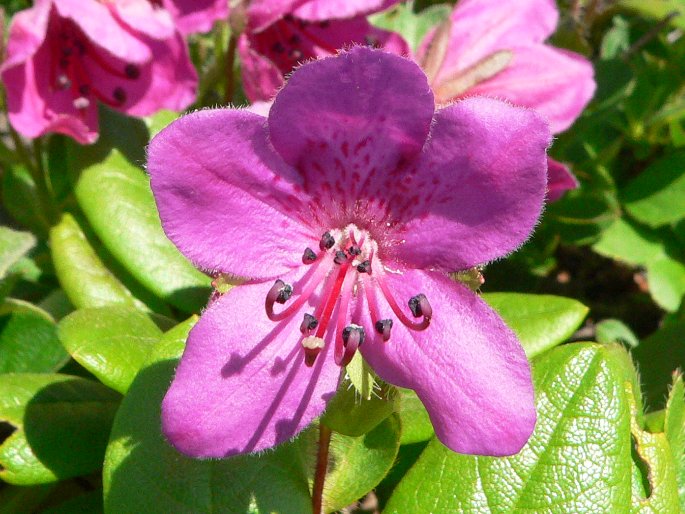
Distribution: Amphiberingian species – northeastern Asia (northern Japan, Russian Far East), Aleutian Islands and Alaska.
Ecology: It grows in arctic and alpine tundra, meadows and heathlands, also in subalpine woods, at elevations from sea level to 1500 m asl.
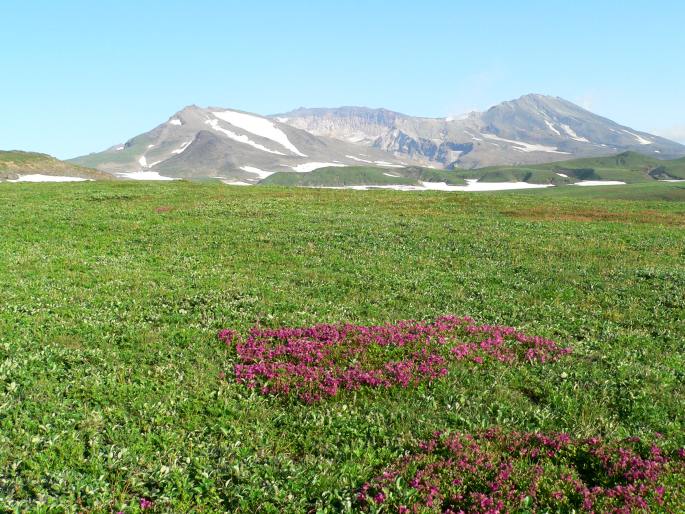
Description: Shrub, up to 20 cm tall, branched. Stems erect or procumbent, eglandular-hairy, sometimes also stipitate-glandular-hairy, glabrate with age. Leaves clustered toward upper portions of branches, alternate, sessile or shortly petiolate, elliptic to obovate, 1–4.5(–6) cm long and 0.7–2.4 cm wide, margins entire, ciliate, apex rounded or acute, surfaces eglandular-hairy or sparsely glandular-hairy. Inflorescences terminal, racemose, 2–3-flowered, sometimes flowers solitary; pedicels 1–4.7 cm long, eglandular- or glandular-hairy; bracteoles 2, green, smaller than leaves; flowers pentamerous, bisexual, calyx lobes 8–21 mm long, eglandular- or glandular-hairy; corolla 19–32 mm, purple, rarely, white, upper 3 lobes with darker spots, margins ciliolate, hairy on outer surface, tube absent, lobes 12–26 mm. Capsules 6–11 mm, hairy.
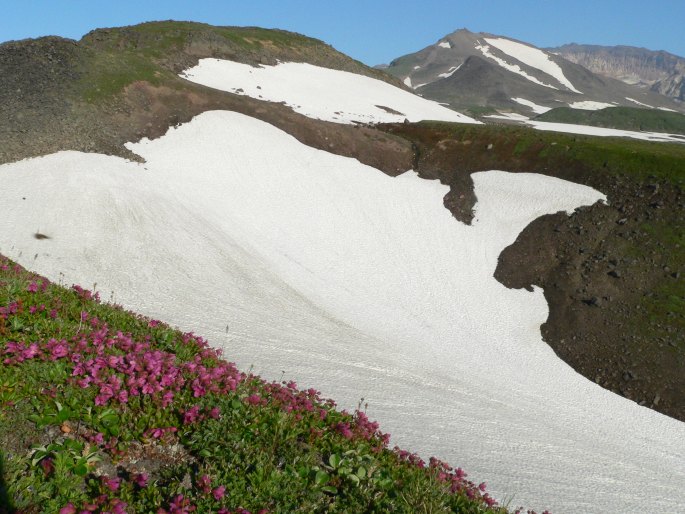
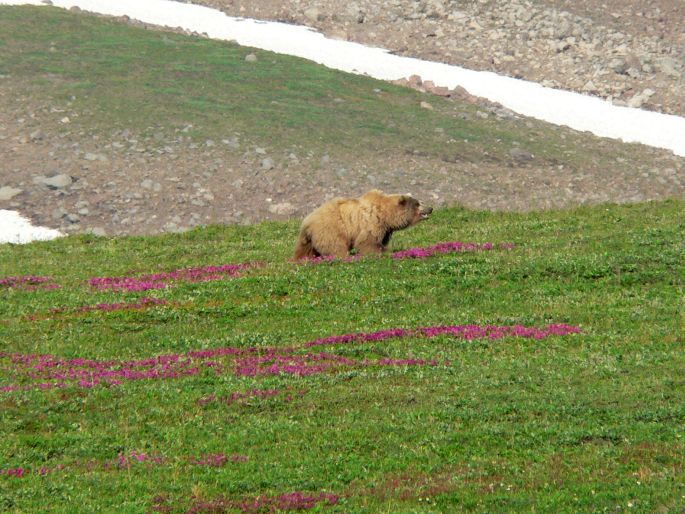
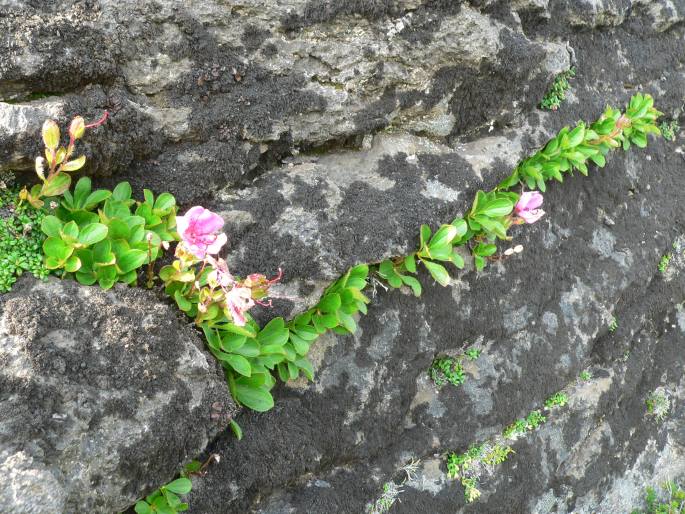
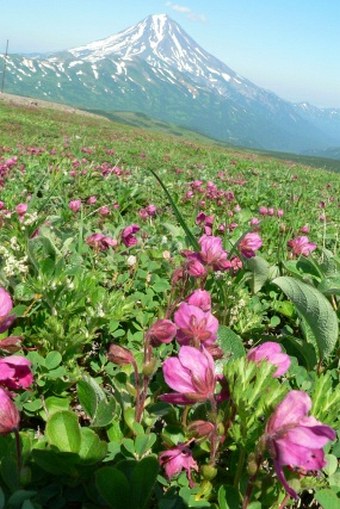
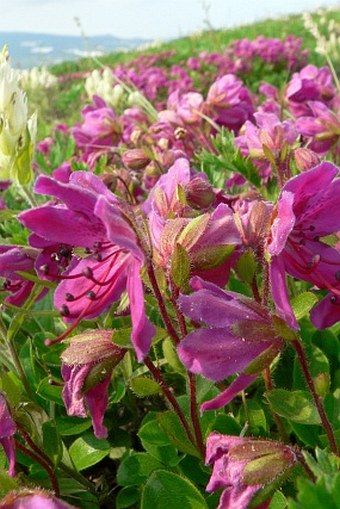
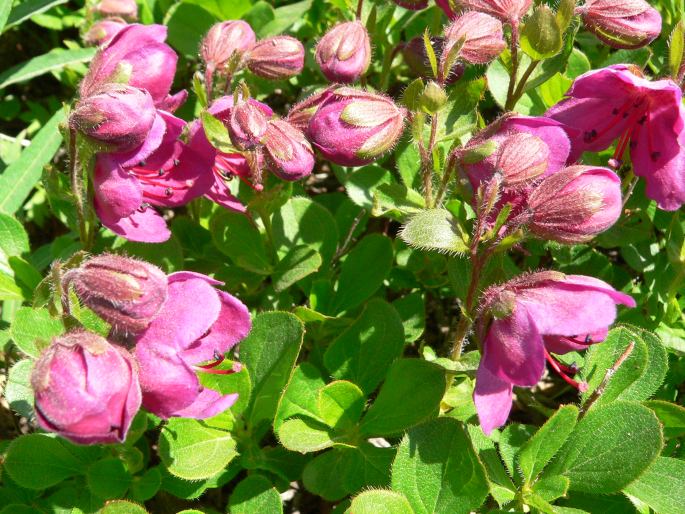
These images were taken in Russia, Kamchatka Peninsula, Jelizovskij rajon, Mutnovsky Volcano (July 25, 2008).


